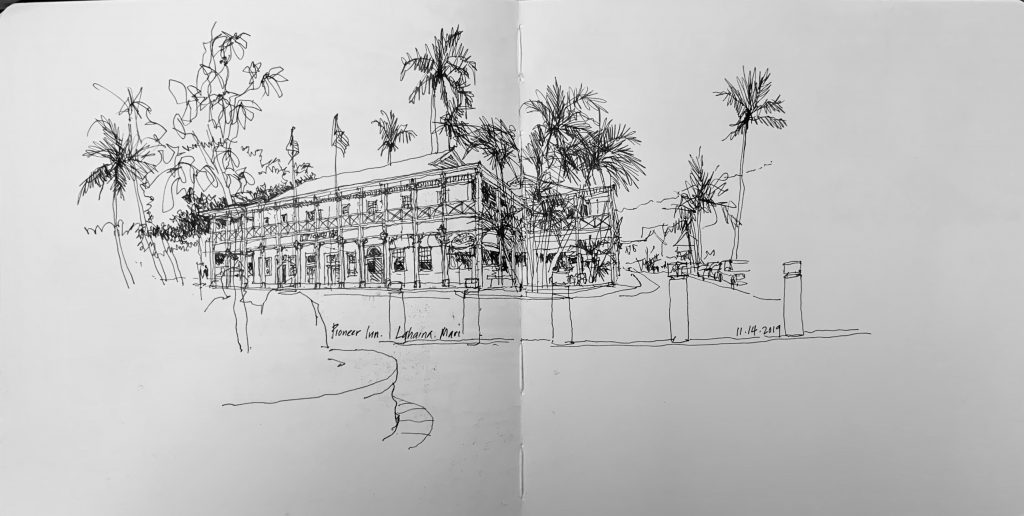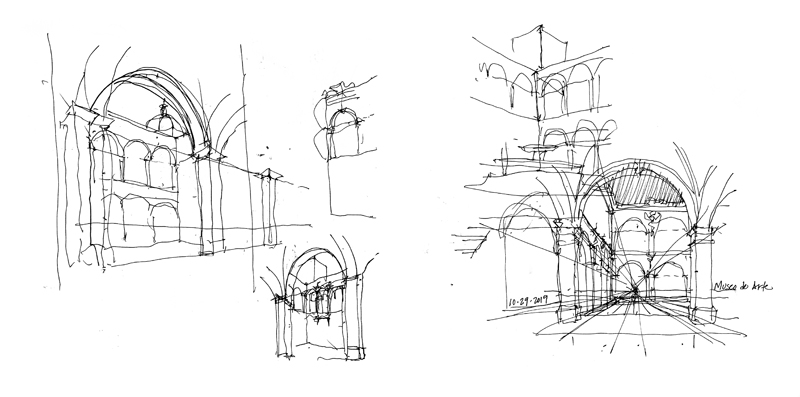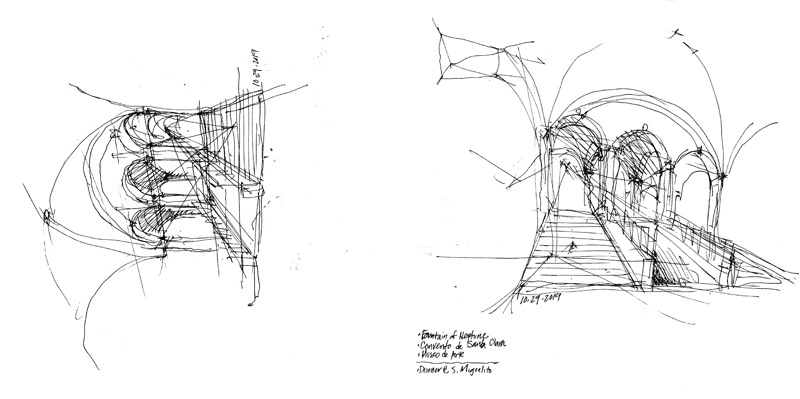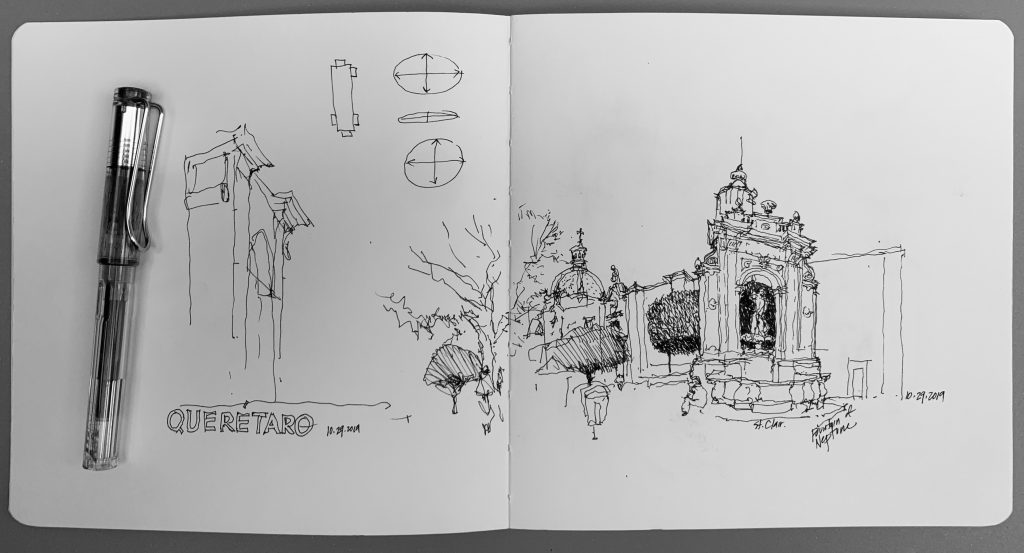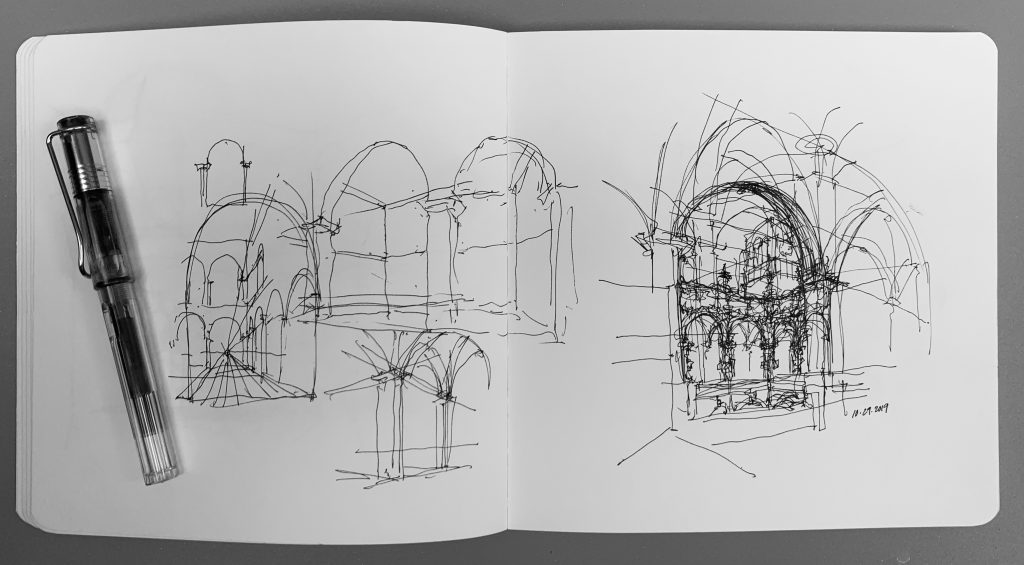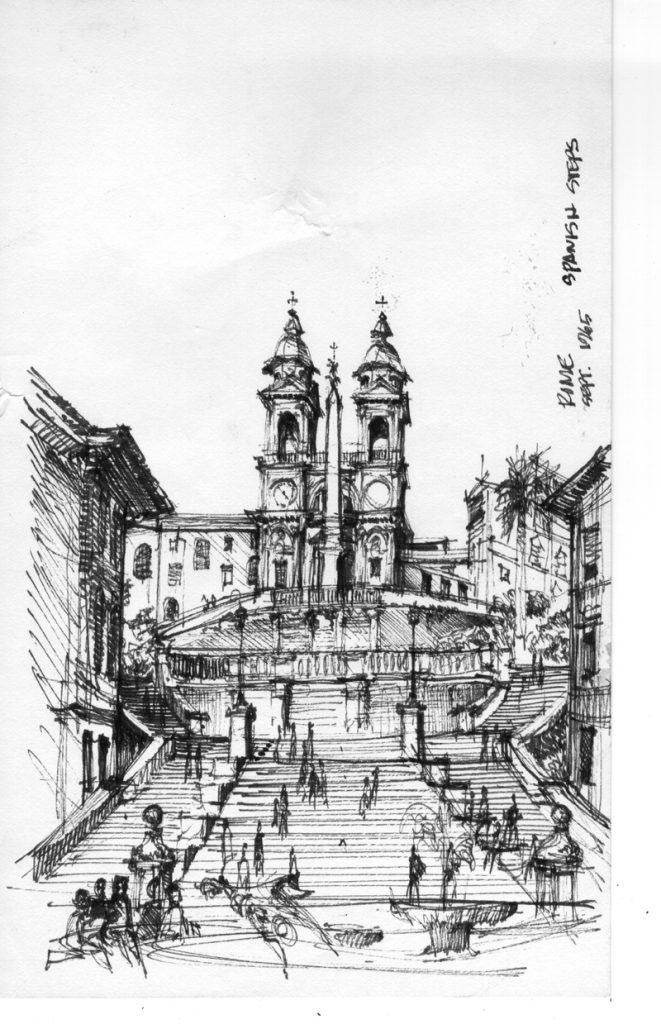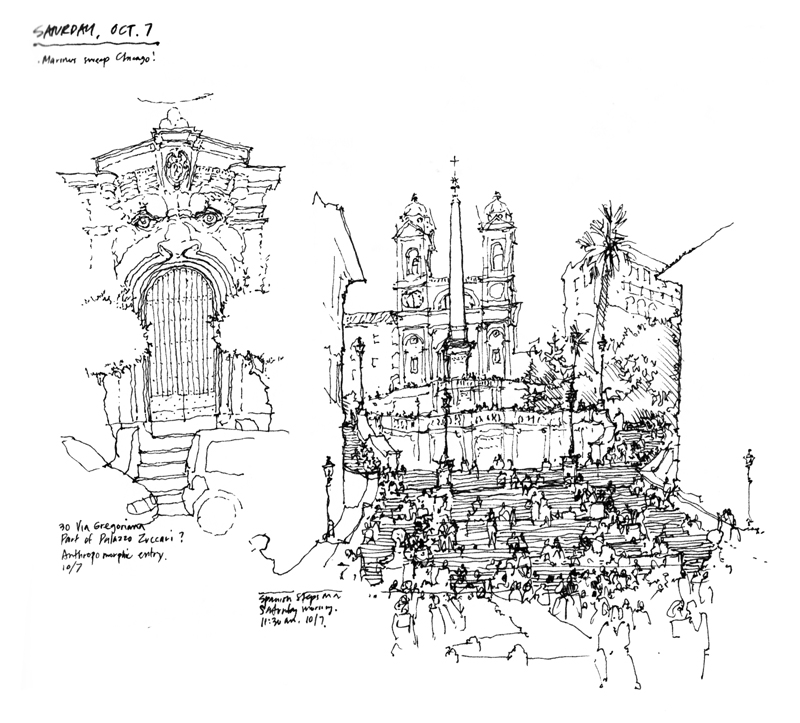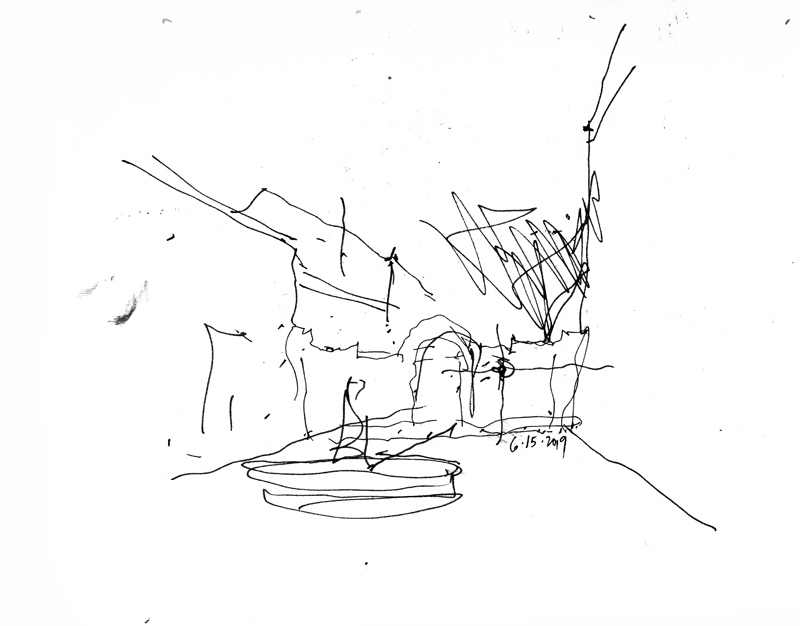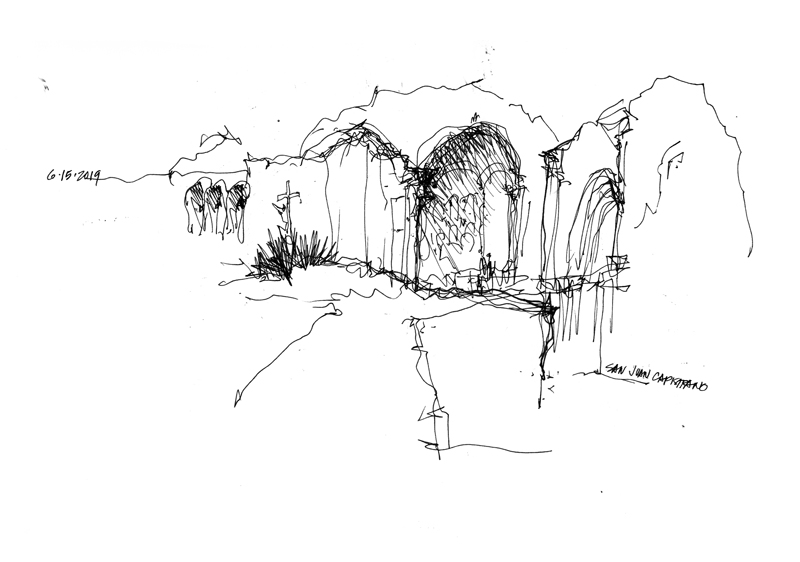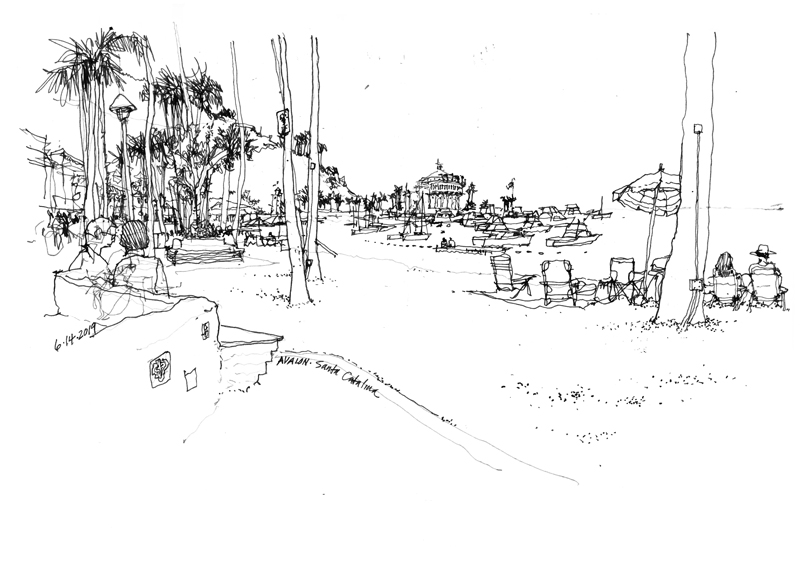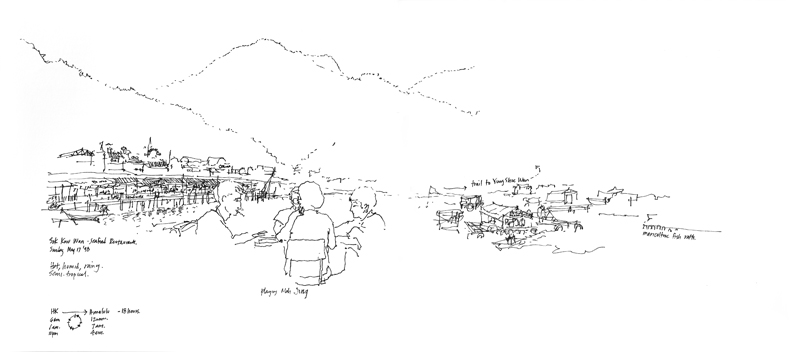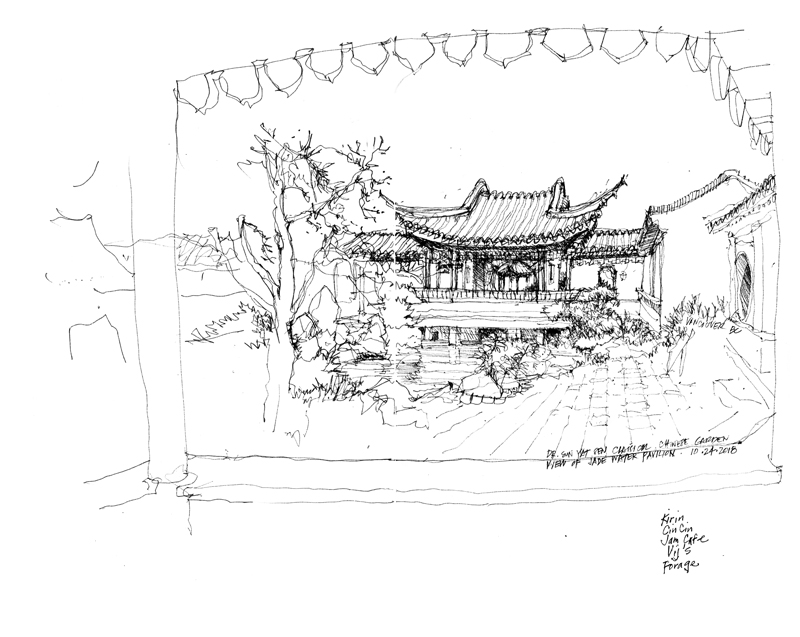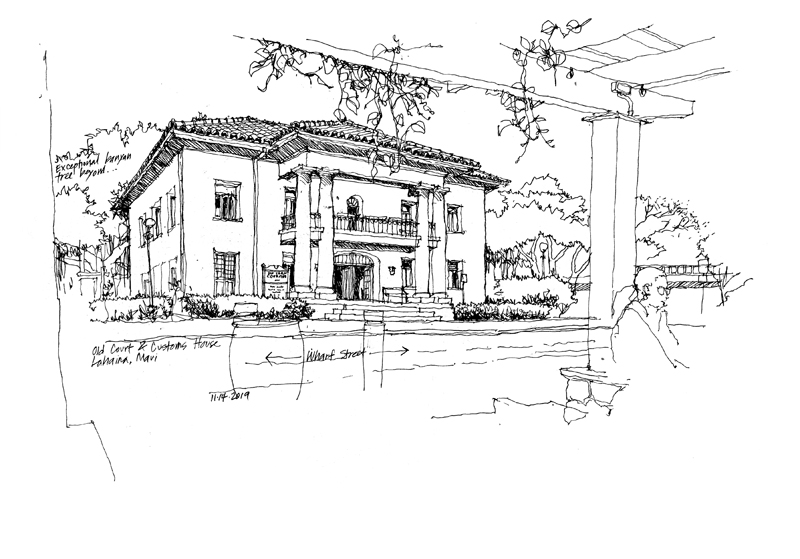
Just a block away from the Pioneer Inn is the Old Court & Customs House, which was built in the late 1850s on the site of the Old Fort in Lahaina. It opened in 1860 to serve as both a center for governmental and court affairs and a customs house for whaling and trading ships during the Monarchy period. Originally sporting a wood facade, the structure was renovated in 1925 in the Greek Revival style. Behind is the courthouse plaza, dominated by one of the largest banyan trees in the U.S.

